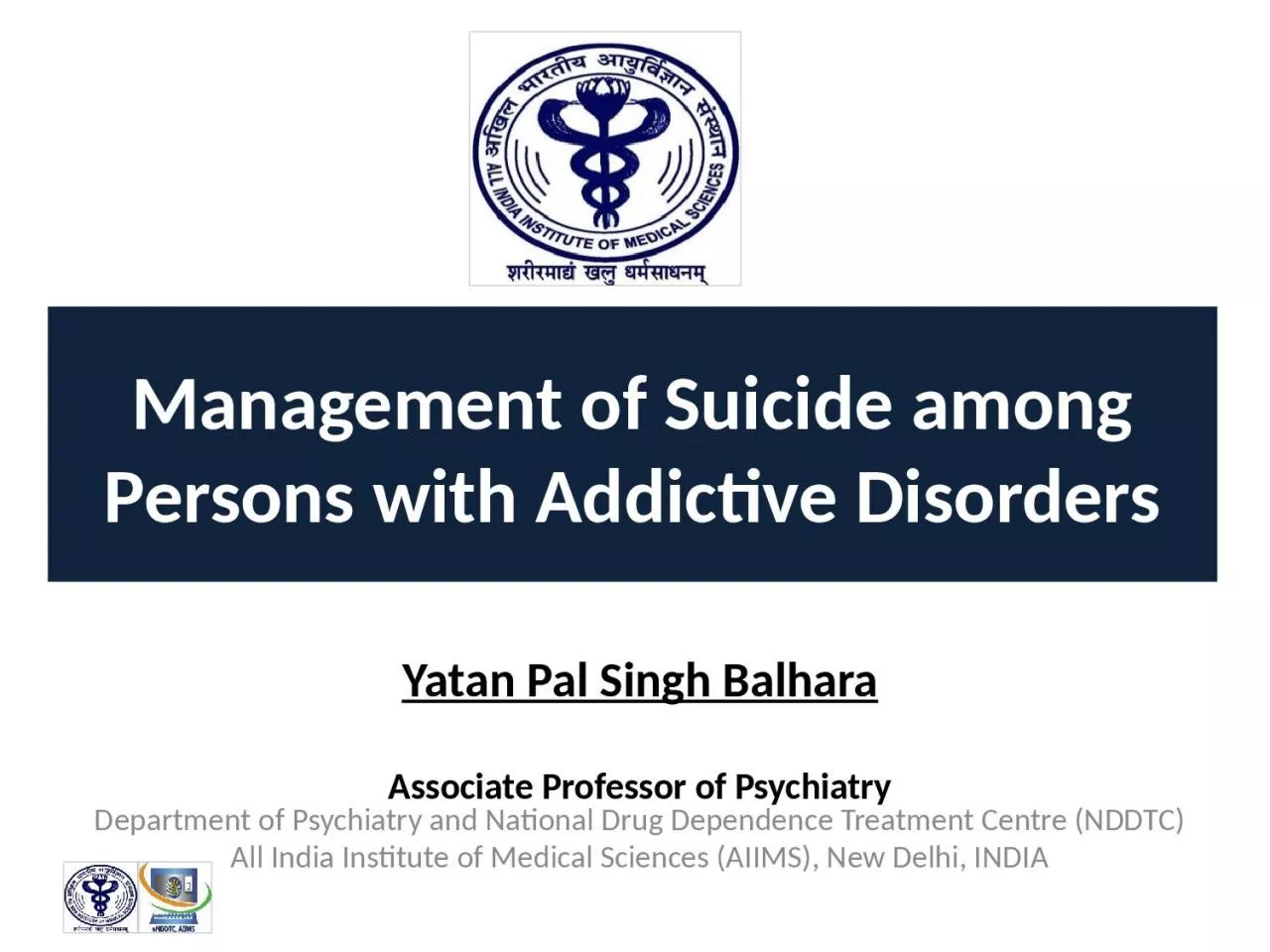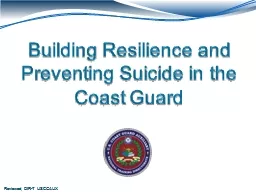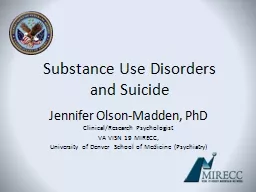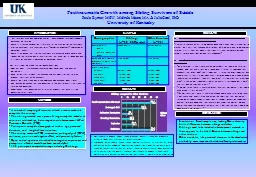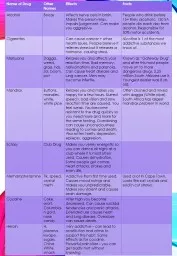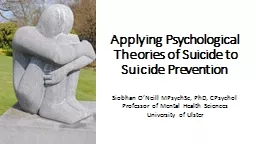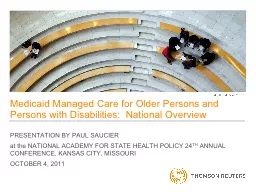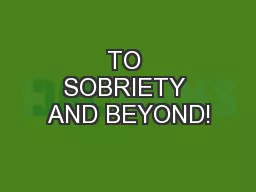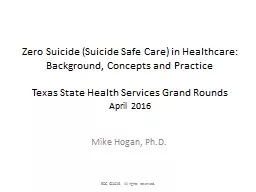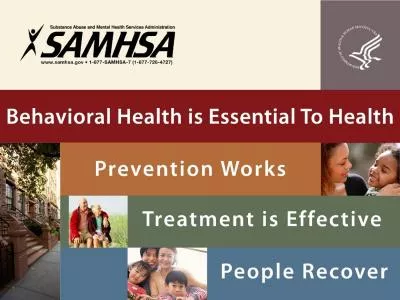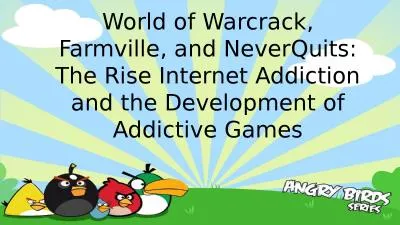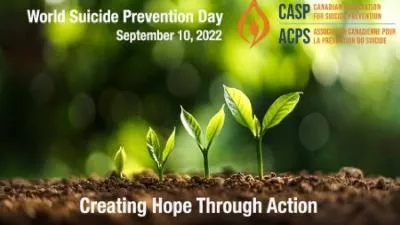PPT-Management of Suicide among Persons with Addictive Disorders
Author : ava | Published Date : 2023-06-10
Yatan Pal Singh Balhara Associate Professor of Psychiatry Department of Psychiatry and National Drug Dependence Treatment Centre NDDTC All India Institute of Medical
Presentation Embed Code
Download Presentation
Download Presentation The PPT/PDF document "Management of Suicide among Persons with..." is the property of its rightful owner. Permission is granted to download and print the materials on this website for personal, non-commercial use only, and to display it on your personal computer provided you do not modify the materials and that you retain all copyright notices contained in the materials. By downloading content from our website, you accept the terms of this agreement.
Management of Suicide among Persons with Addictive Disorders: Transcript
Download Rules Of Document
"Management of Suicide among Persons with Addictive Disorders"The content belongs to its owner. You may download and print it for personal use, without modification, and keep all copyright notices. By downloading, you agree to these terms.
Related Documents

